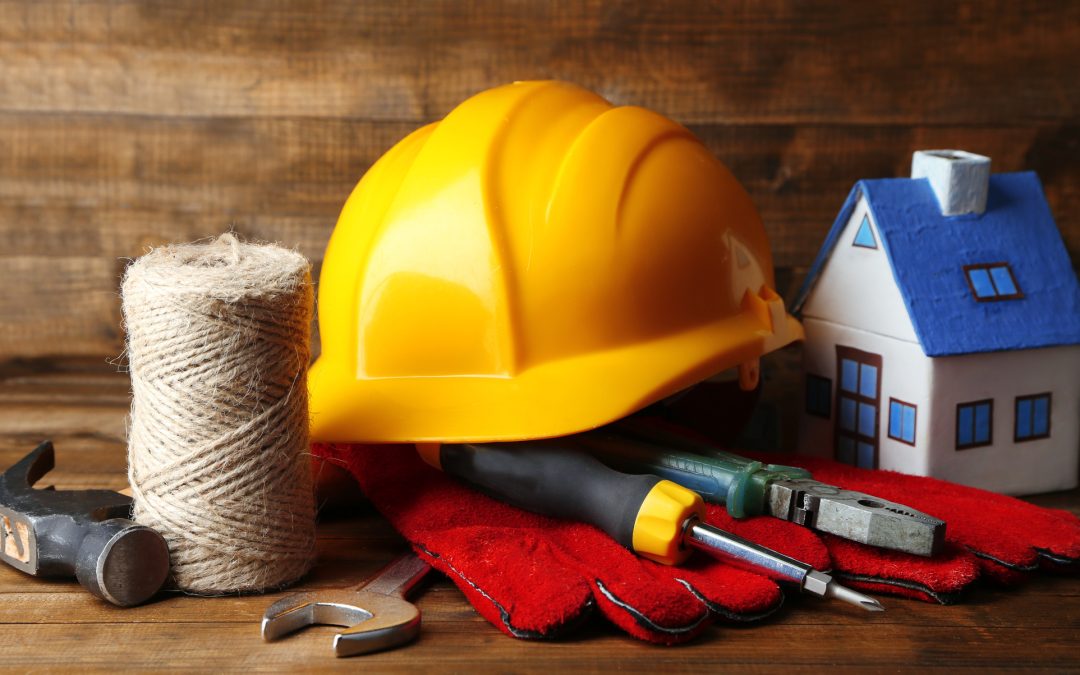Drywall first came about in 1916 as a product from the U.S. Gypsum Company. However, it wouldn’t become popular right away. It took 25 more years for builders to take to the material.
These days, you can find drywall in millions, if not billions, of homes. If you wind up with drywall water damage issues, you’ll need to learn how to remove drywall. This way, you can replace it with new, undamaged drywall replacement panels.
This article will teach you how to remove damaged drywall. Read on!
What Is Drywall?
The term “drywall” refers to a type of construction material. It gets its name from the fact that installers don’t need to use water to install it. This makes it different from plaster, which workers install wet.
Because drywall doesn’t need water, it doesn’t need to dry. So workers can install drywall in a few days. Plaster, on the other hand, can take a week or more to install.
On top of this benefit, drywall is an incredibly durable material. If it does sustain damage, anyone can easily repair it. The material also has a fair level of fire resistance.
What It’s Used For
Construction companies mostly use drywall to make walls and ceilings. However, they can also use it to create design features like eaves and arches. In commercial buildings, construction workers will use drywall to conceal steel beams and top off masonry walls.
What It’s Made of
Gypsum is the primary material that makes up drywall. You can usually find the material gypsum in massive white beds where it resembles sand.
After miners gather gypsum, workers transport it to factories around the world. In these, manufacturers will mix the gypsum with starch, paper pulp, and a thickening agent (emulsifier). Workers will then spread the gypsum paste on Manilla paper, heat the mixture until it dries, and then cut it into sheets.
How to Detect Drywall Water Damage
When drywall panels are exposed to water for a long time, their structural integrity becomes compromised. The wall can become soft and weak, which makes it liable to crumble away. It can also easily grow mold, which is a health hazard.
Still, your drywall may not be as water damaged as you may think. Before you go about removing and replacing drywall panels, you should check the degree of drywall water damage. Here’s how.
Check the Wall for Moisture
You should check the outer side of your wall for moisture first. You can either do this through a visual inspection or by using a non-penetrating moisture meter. If you want to do the latter, simply hold the moisture meter to your wall and read what it says.
With a visual inspection, you first need to look at the color of the drywall. Water stains will discolor the original color of the wall. You can also check for visual signs of mold.
Check Wall Interior for Moisture
You’ll need to poke holes in your drywall if you want to check the interior for moisture. Remove any baseboards and poke a hole in the drywall with a screwdriver. Then use a penetrating moisture meter to check the interior wall for moisture.
Also, consider the structural integrity of the wall while you poke holes. Is it easy to poke holes because the wall has gone soft? If so, you’re dealing with heavy drywall water damage.
Check Insulation for Moisture
While you’re checking the interior of your drywall, you may encounter insulation. If you do, you should check it for moisture as well. Removing drywall and insulation may be necessary.
How to Remove Drywall
Before you remove your home’s drywall water damage, you must shut off all your home’s utilities. This includes gas, water, and electricity. That way, if you run into any pipes or wires, you won’t cause a leak or electrical spark.
You should also remove any ceiling moldings, floor baseboards, and electrical device trims. Once that’s done, you’re ready to get started. Follow the steps below.
Step 1: Find the Middle Sections
Ordinarily, you would look for drywall nails or screws first. You would then remove these before prying the drywall panels off. However, if your drywall is water-damaged, drywall panels should crumble away easily.
You should start removing drywall panels from their middle sections first. Most drywall installations use 4×8 ft panels. Workers will mount these onto vertical wooden studs.
Find the midpoint sections by finding the studs and measuring the distance between them. Mark the midpoint.
Step 2: Break the Drywall Apart
You can then use a sledgehammer or battering ram to break the pieces of drywall apart. Make sure that you mask up beforehand. It’s not a good idea to breathe in any drywall that results from your efforts.
Once the drywall has crumbled, you can sweep it up and throw it away.
Step 3: Remove Drywall Nails or Screws
Drywall nails or screws should now be visible. To remove any leftover nails, use a pry bar or a hammer claw. If the original installers used screws, you will need to unscrew them before you can get them out.
You may find that screws have rusted in the floodwaters. If this has happened, you may need to spray a penetrating oil before you can remove them. In other situations, you may be able to pull away any rotting wood.
We’ll Fix Your Drywall Water Damage Issues
Water damage wall issues can be heartbreaking to see. Your home has probably been your protection for a long time. It can be difficult to see the walls in this shape.
Luckily, removing drywall can be a quick and easy process. If you don’t feel comfortable handling the work yourself, reach out to us. We’re the #1 team for water damage restoration in Chicago, IL.
Contact us via the phone number or email address on this page 24/7. The CleanUP Guys look forward to serving you soon!

